Downsizing is the English term that is often used in connection with a "displacement reduction". But downsizing is also part of modern tuning processes. A tuned vehicle should not only be designed quickly and individually, but it should also run as economically as possible. With a reduction in displacement, also known as a reduction in displacement, tuning can lead to more economy. It's pretty much the opposite of engine capacity!
Displacement reduction and turbo
Downsizing is used by car manufacturers to make the vehicle more economical. The cubic capacity is reduced and the cubic capacity reduction is combined with a turbo-charging in order to plug the resulting "performance hole". The reduction in displacement, however, has the disadvantage that it cannot be made arbitrarily small. The performance gap that arises and has to be filled by turbo-charging increases with every reduction in displacement. Many vehicles that are not optimally configured therefore have a weak starting point, for example. In order to avoid the well-known starting weakness, attempts are being made to reduce the deficit using complex technology. For example, additional compressors or variable valve controls etc. are used for this.
Displacement reduction - what's the point?
The reduction in displacement should make the vehicle more economical. In order to avoid a reduction in performance, modern techniques developed by engineers are used. These include, for example, turbo-charging, additional compressors and variable valve controls. Porsche can be taken as an example of a reduction in displacement. The Porsche 992, a generation of the 11-series Porsche, looks extremely sporty with a large track width, enormous tires, new chassis and changed wheelbase. An ergonomic interior as well as a comfortable and at the same time very sporty driving experience round off the vehicle. The performance can be described as intelligently designed. Technically, the vehicle is characterized by lower consumption and enormous performance. By reducing the displacement, fuel consumption was reduced to 9,96 liters. At the same time, however, more performance could be achieved than in the predecessor. In order to make a sensible reduction in displacement and thus a reduction in consumption, technical equipment must be upgraded elsewhere.
Displacement reduction for the environment
In tuning, a reduction in displacement is used from time to time in order to reduce consumption and make the vehicle more environmentally friendly. This is rare, but there are actually such projects that are supposed to show what is possible. In order to reduce the resulting performance gap, the reduction in displacement is combined with turbo-charging, for example. However, the reduction in displacement cannot be made arbitrarily small. The smaller the displacement, the greater the so-called “turbo lag”. A reduction in displacement should only be carried out by specialists and the entire concept should be reconsidered in order to achieve performance compensation. A reduction in displacement makes sense for environmental reasons.
Displacement reduction for more power?
A reduction in displacement can also have other reasons and not due to the "Green thoughts“Be coupled. For example, when you take part in a motorsport competition with the vehicle. Depending on the class, there are often restrictions on the displacement. If this is the case, for example, a 1,8 liter engine must be reduced to 1,6 liter displacement. The reduction in displacement is entered in the vehicle registration document after the conversion and a corresponding data sheet is created by an expert. A reduction in displacement can be achieved with the crankshaft from the smaller engine, the appropriate pistons and connecting rods and other components. Such a conversion is always individual and cannot be carried out using the plug-and-play method. The resulting reduction in performance is often compensated for with a turbocharger or compressor. For road vehicles, however, a reduction in cubic capacity is rather unusual.
We hope that you have read the info report on the topic / term Displacement reduction (Further designations / keywords: Displacement reduction, displacement reduction, displacement reduction) from the field of autotuning. Our goal is that the largest German-language tuning dictionary (Tuning Wikipedia) and to explain tuning terms from A to Z easily and understandably. Almost every day we expand this lexicon and how far we are, you can HERE see. Soon the next one will be Tuning scene concept be illuminated by us. By the way, you will be informed about new topics if you have ours Feed subscribe to.
Below are a few examples from our tuning lexicon:
But of course tuningblog has countless other articles on the subject of cars & car tuning in stock. Do you want to see them all? Just click HERE and look around. We would also like to provide you with news aside from the tuning. In our category Tips, products, information & Co we pick up contributions from car or accessory manufacturers. And also our category Test sites, laws, offenses, information has almost daily new information for you. Here are a few topics from our tuning wiki:
"Tuningblog.eu" - we keep you up to date on the subject of car tuning and car styling with our tuning magazine and we present you the latest tuned vehicles from all over the world every day. It's best to subscribe to ours Feed and will automatically be informed as soon as there is something new about this post, and of course also to all other contributions.
 tuningblog.eu Your magazine about tuning the car
tuningblog.eu Your magazine about tuning the car
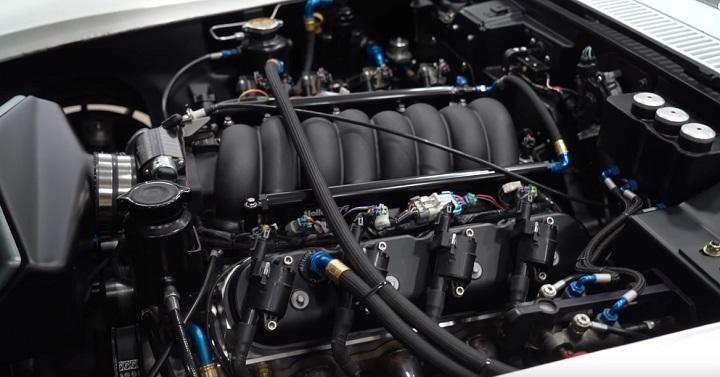
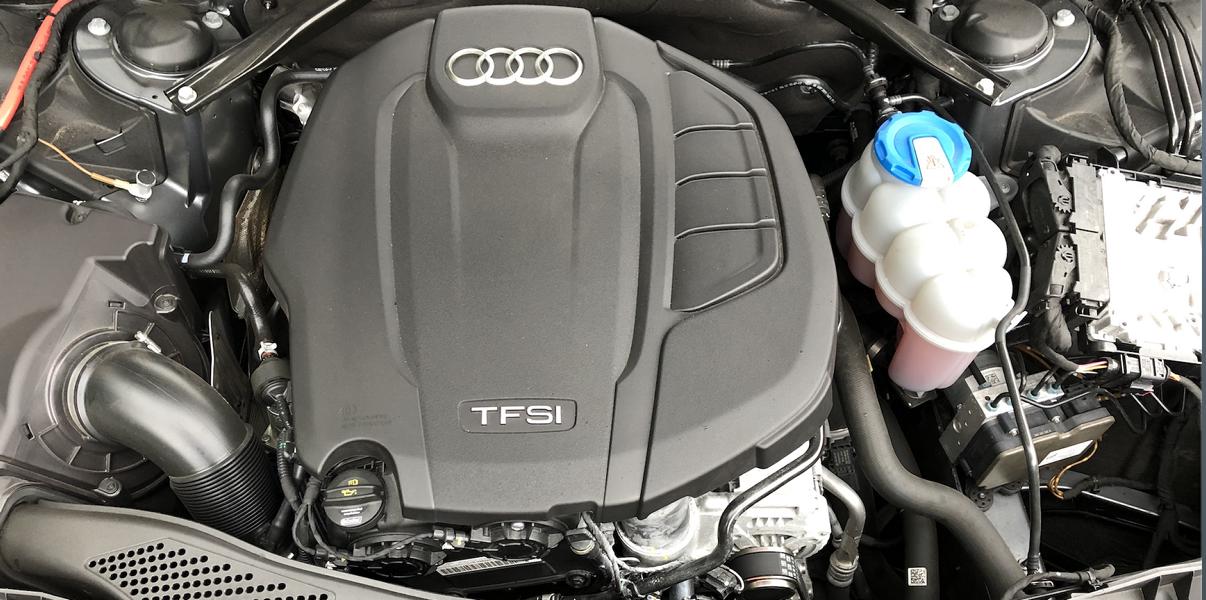
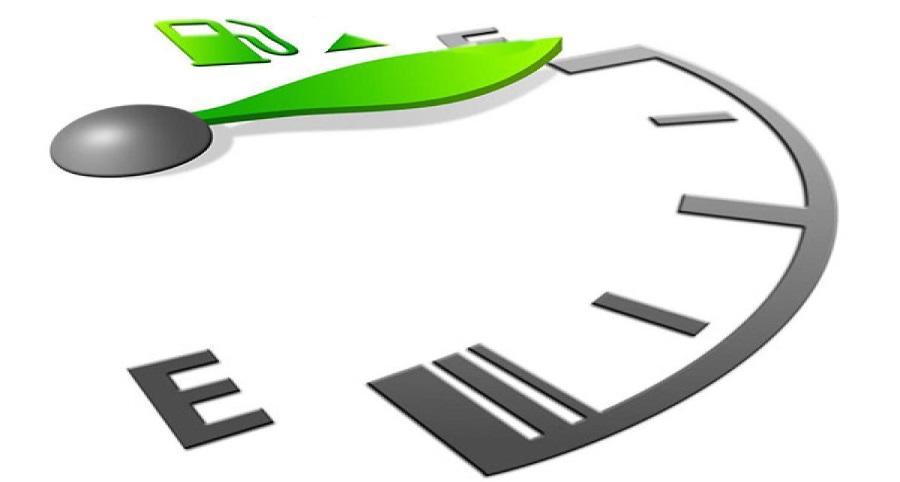

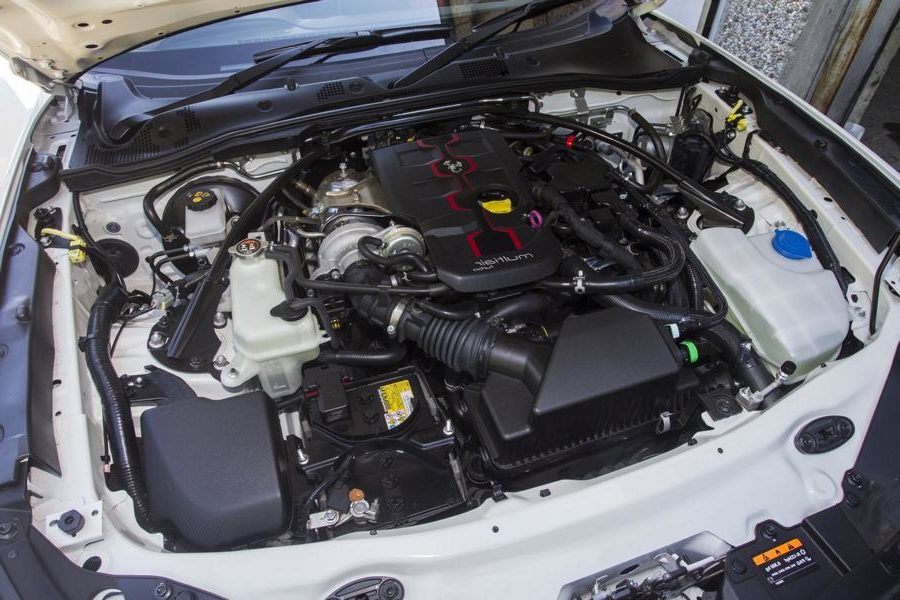
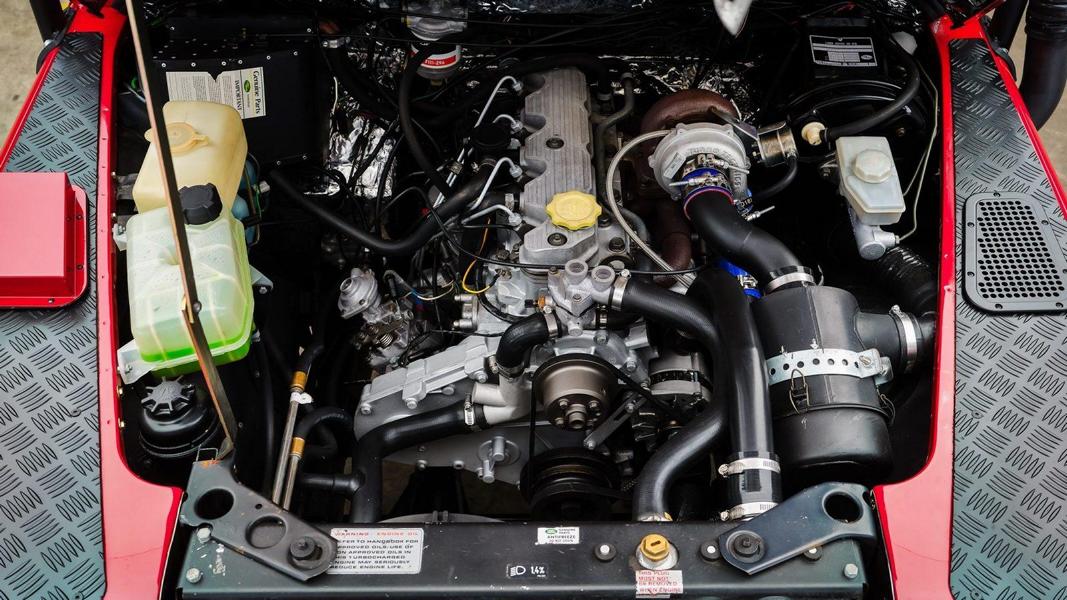
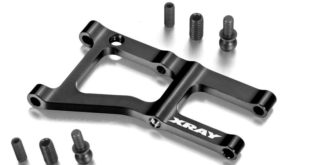

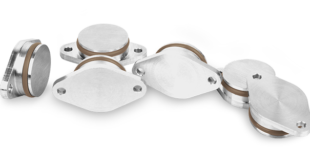
Good afternoon.
Tengo una inquietud:
For efectos de consumo de combustible tengo planeado cambiar los pistones de un 2 litros por medidas de ,
.
.piston mucho mas pequeñas . Cuanto mas podria ahorrar en combustible ,cunto afectaria el puto de parida